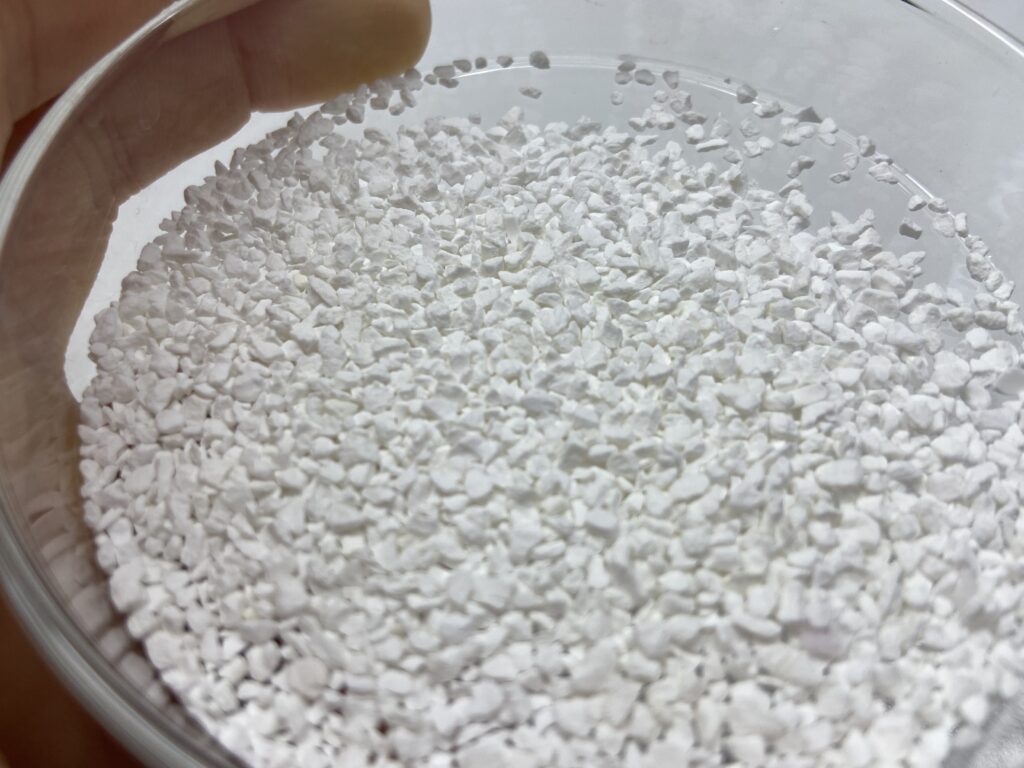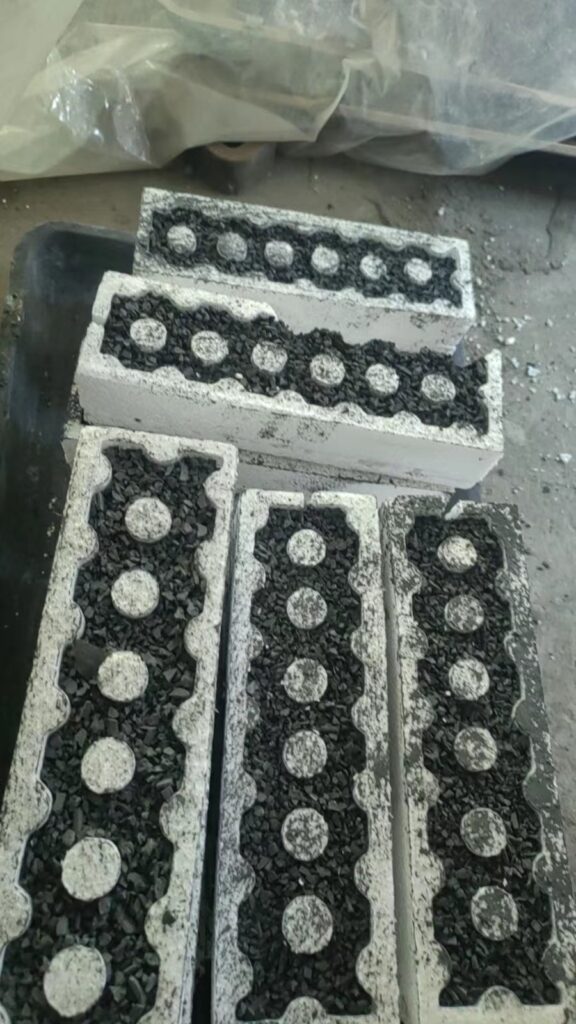Introduction to Zirconia Toughened Alumina (ZTA)
Zirconia Toughened Alumina (ZTA) is an advanced ceramic composite that combines the high hardness and wear resistance of alumina (Al₂O₃) with the superior fracture toughness of zirconia (ZrO₂). By incorporating ZrO₂ particles into an Al₂O₃ matrix, ZTA achieves a unique balance of mechanical strength, thermal stability, and crack resistance, making it suitable for demanding engineering and biomedical applications.
1. Composition & Structure
Matrix: Alumina (Al₂O₃, 70-90 wt%) – provides hardness and chemical stability.
Toughening Phase: Zirconia (ZrO₂, 10-30 wt%) – enhances fracture toughness via phase transformation toughening.
Stabilizers (Optional): Y₂O₃, CeO₂, or MgO may be added to control ZrO₂ phase stability.
Microstructural Features:
Fine ZrO₂ particles (typically <1 µm) dispersed in the Al₂O₃ matrix.
Tetragonal ZrO₂ (t-ZrO₂) remains metastable at room temperature, enabling stress-induced phase transformation.
2. Key Properties & Advantages
| Property | ZTA | Pure Al₂O₃ | Pure ZrO₂ |
|---|---|---|---|
| Hardness (HV) | 1600-2000 | 1800-2200 | 1200-1400 |
| Fracture Toughness (K<sub>IC</sub>, MPa·m<sup>1/2</sup>) | 5-10 | 3-4 | 6-12 |
| Flexural Strength (MPa) | 500-1000 | 300-500 | 800-1200 |
| Thermal Shock Resistance | High | Moderate | Very High |
| Cost | Moderate | Low | High |
Why Choose ZTA?
✔ Higher toughness than Al₂O₃ (less brittle, more impact-resistant)
✔ Higher hardness than ZrO₂ (better wear resistance)
✔ Good thermal & chemical stability (suitable for harsh environments)
✔ Cost-effective alternative to pure ZrO₂
3. Toughening Mechanisms
ZTA’s improved fracture resistance is due to:
Transformation Toughening
Under stress, tetragonal ZrO₂ (t-ZrO₂) → monoclinic ZrO₂ (m-ZrO₂) phase transition occurs, causing ~4% volume expansion.
This creates compressive stresses around crack tips, hindering crack propagation.
Microcrack Toughening
ZrO₂ phase transformation induces microcracks, which absorb energy and deflect main cracks.
Residual Stress Effects
Thermal expansion mismatch between Al₂O₃ and ZrO₂ generates beneficial residual stresses.
4. Applications of ZTA
Due to its balanced properties, ZTA is used in:
(1) Cutting Tools & Wear Parts
Inserts for machining, grinding media, wire drawing dies.
Superior to Al₂O₃ in impact resistance.
(2) Biomedical Implants
Hip & knee joint replacements (alternative to pure ZrO₂).
Dental crowns and implants.
(3) Industrial & Structural Components
High-temperature bearings, seals, valves.
Ballistic armor (better toughness than Al₂O₃).
(4) Electronics & Energy
Substrates for sensors, insulators.
Components in solid oxide fuel cells (SOFCs).



